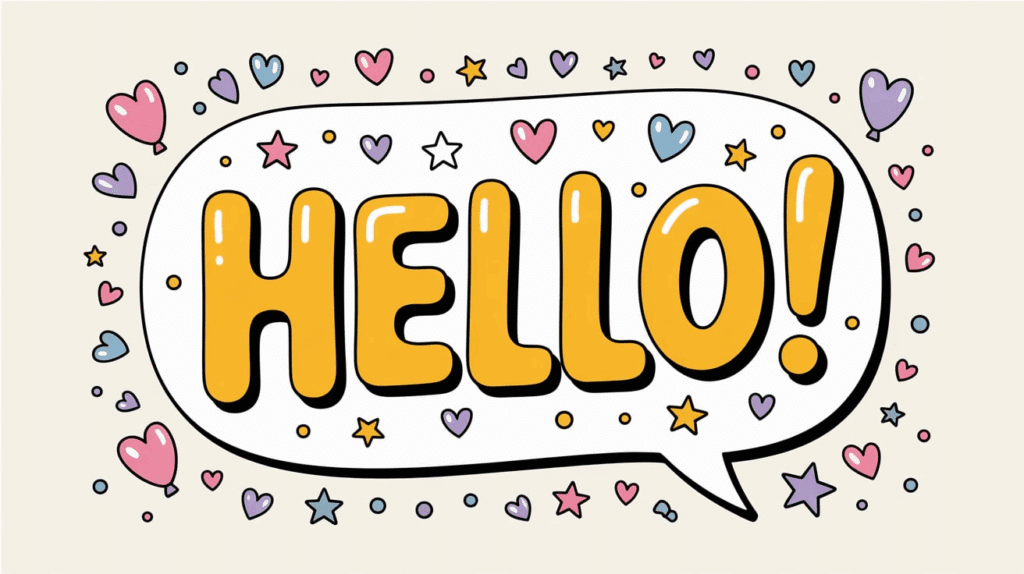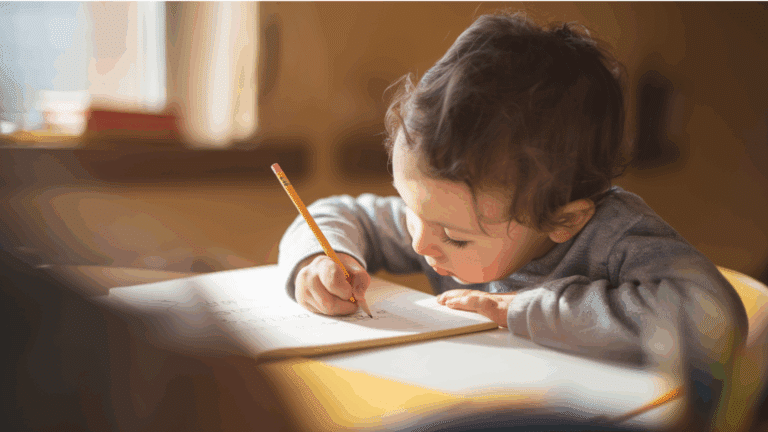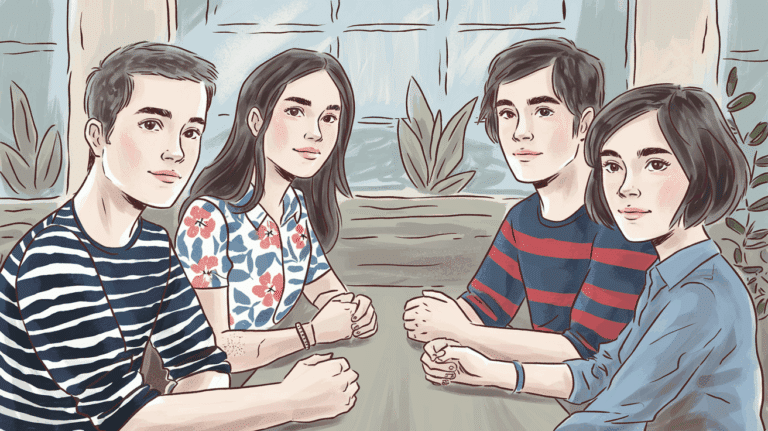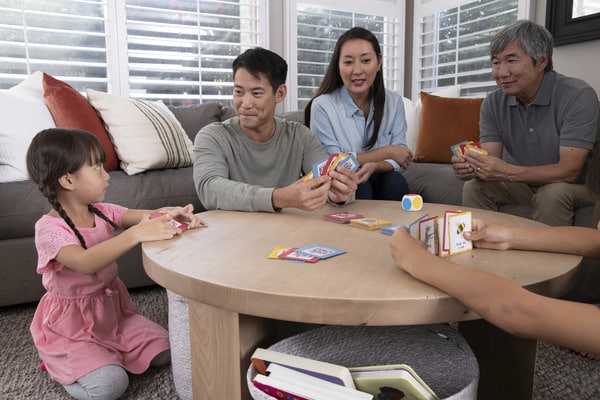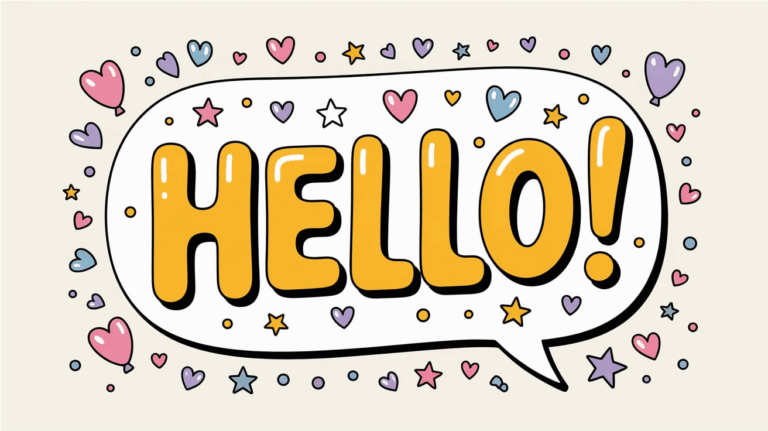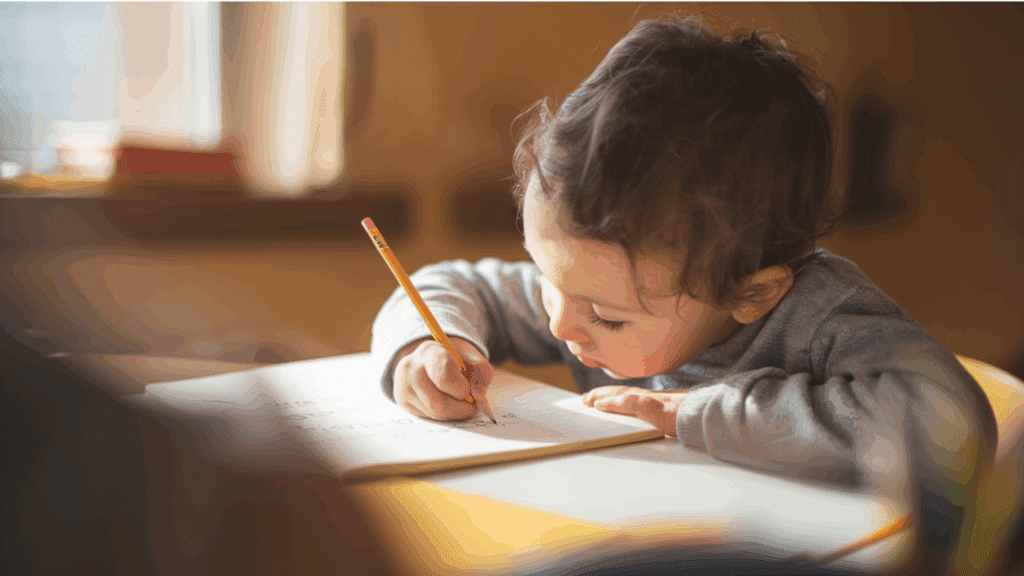Kids get bored fast. Teaching them about other cultures can feel like a chore. Books sit unopened, educational videos go unwatched, and your attempts to spark global curiosity fall flat. Most children would rather play games than learn about far-off places and strange-sounding words.
But what if they could do both at once? I’ve found that teaching kids to say hello in different languages for kids that creates instant excitement.
Their faces light up when they master “Bonjour” or “Konnichiwa.” This tiny language skill makes them feel smart and connected to the wider world in just seconds.
Ready to see your child’s eyes widen with delight? Let’s explore simple ways to make multilingual greetings part of your daily fun.
Why Teach Kids How to Say Hello in Different Languages?
Learning to say “hello” in many languages helps kids in big ways. When children know words from other places, they start to care about people who are different from them.
Kids who learn words in new languages get smart brains. Their minds grow stronger because they think in fresh ways. This kind of learning is like exercise for their brains!
Saying “hello” is an easy first step. It’s just one word, so kids won’t feel lost or give up. They can feel proud when they master “Hola” or “Ni Hao” after just a few tries.
These simple words open doors to the world. Your child might want to know more about the places where these words come from. They might ask about the food, music, or stories from these countries too.
In our mixed-up world, kids who know about other cultures do better. They make friends more easily and feel at home in more places. They learn that different isn’t bad—it’s just different.
Plus, it’s fun! Kids love to show off new skills. Imagine your child telling grandma “Ciao” or greeting a new friend with “Jambo.” The smiles these moments bring are worth the small effort it takes to teach them.
Start with “hello” today, and watch your child’s world grow bigger tomorrow!
Popular “Hello” Words from Around the World
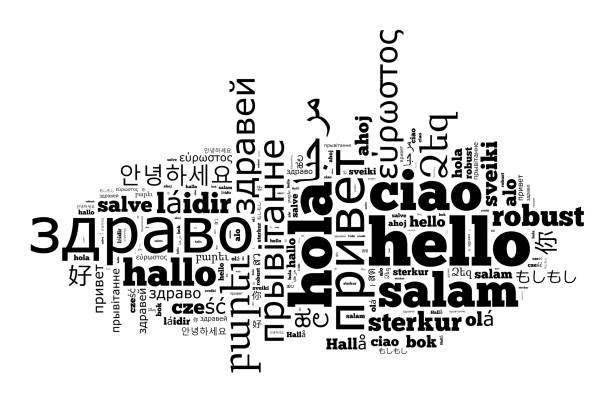
-
Afrikaans: Hallo
-
Albanian: Përshëndetje
-
Amharic: Selam
-
Arabic: As-salaam alaikum / Marhaba
-
Armenian: Barev
-
Azerbaijani: Salam
-
Bengali: Hyālō
-
Bulgarian: Zdravei
-
Burmese: Mingalaba
-
Cantonese: Néih hóu
-
Catalan: Hola
-
Croatian: Bok
-
Czech: Ahoj
-
Danish: Hej
-
Dutch: Hallo
-
English: Hello
-
Estonian: Tere
-
Filipino/Tagalog: Kumusta
-
Finnish: Hei
-
French: Bonjour
-
Georgian: Gamarjoba
-
German: Guten Tag
-
Greek: Yassas
-
Gujarati: Kem cho
-
Hawaiian: Aloha
-
Hebrew: Shalom
-
Hindi: Namaste
-
Hungarian: Szia
-
Icelandic: Halló
-
Indonesian: Halo
-
Irish: Dia dhuit
-
Italian: Ciao / Salve
-
Japanese: Konnichiwa
-
Kannada: Namaskāra
-
Kazakh: Salem
-
Khmer: Suostei
-
Korean: Annyeonghaseyo
-
Lao: Sabaidee
-
Latvian: Sveiki
-
Lithuanian: Labas
-
Macedonian: Zdravo
-
Malay: Hai
-
Malayalam: Namaskaram
-
Maltese: Bonġu
-
Mandarin Chinese: Nǐ hǎo / Nín hǎo
-
Marathi: Namaskār
-
Mongolian: Sain baina uu
-
Nepali: Namaste
-
Norwegian: Hei
-
Pashto: Salam
-
Persian (Farsi): Salaam
-
Polish: Dzień dobry
-
Portuguese: Olá
-
Punjabi: Sat Sri Akal
-
Romanian: Bună
-
Russian: Zdravstvuyte / Privet
-
Serbian: Zdravo
-
Sinhala: Ayubowan
-
Slovak: Ahoj
-
Slovenian: Živijo
-
Somali: Iska warran
-
Spanish: Hola
-
Swahili: Jambo
-
Swedish: Hej
-
Tamil: Vanakkam
-
Telugu: Namaskāram
-
Thai: Sawasdee
-
Tibetan: Tashi delek
-
Turkish: Merhaba
-
Ukrainian: Pryvit
-
Urdu: Assalamu alaikum
-
Uzbek: Salom
-
Vietnamese: Xin chào
-
Welsh: Helo
-
Xhosa: Molo
-
Yiddish: Sholem aleikhem
-
Yoruba: Pẹlẹ o
-
Zulu: Sawubona
Age-Targeted Tips for Teaching “Hello” in Different Languages
Teaching kids to say “hello” in different languages is a fun way to introduce them to global cultures.
Tailoring the approach to their age and developmental stage ensures engagement and better retention. Here’s a more precise guide:
For Toddlers (Ages 2-5): Fun and Simple Learning
At this age, toddlers are still developing language skills, so focus on simple, repetitive methods:
- Songs & Rhymes: Use catchy tunes to teach “hello” in different languages. Repetition helps with memorization.
- Visual Aids: Use colorful flashcards with pictures representing each greeting.
- Interactive Play: Incorporate greetings into pretend play with dolls or stuffed animals.
For Elementary School Kids (Ages 6-10): Interactive and Engaging Activities
Older kids can handle more structured activities to reinforce learning:
- Greeting Games: Play matching games where kids pair greetings with countries.
- Videos & Apps: Use apps or short videos to teach pronunciation from native speakers.
- Memory Games: Pair greetings with flags or landmarks on memory cards.
- Crafts: Have kids create posters of countries and their greetings.
For Early Teens (Ages 11-14): Cultural Context and Practice
Teens are ready for deeper cultural understanding and practical use:
- Cultural Context: Explain how greetings vary by time, formality, or social context.
- Language Apps: Use platforms like Duolingo or Babbel for structured lessons.
- Role-Playing: Have teens practice greetings in real-life scenarios.
- Conversations: Encourage interactions with native speakers for practice.
By adapting these methods to each age group, kids not only learn greetings but also gain cultural awareness in a fun and meaningful way.
The Bottom Line
Teaching your child to say hello in different languages for kids plants seeds that grow into global understanding. These simple greetings are just the beginning of a lifelong journey.
Start with one new greeting this week. Practice it together at breakfast, before bed, or while driving. Make it a game, not a lesson.
Remember that perfect pronunciation isn’t the goal—connection is. Celebrate each attempt your child makes, even if “Konnichiwa” sounds more like “Koney-cha-wa” at first.
The most important lesson isn’t about words—it’s about openness to different cultures and people.
What language will you explore first? Leave a comment below sharing your family’s favorite multilingual greeting!

